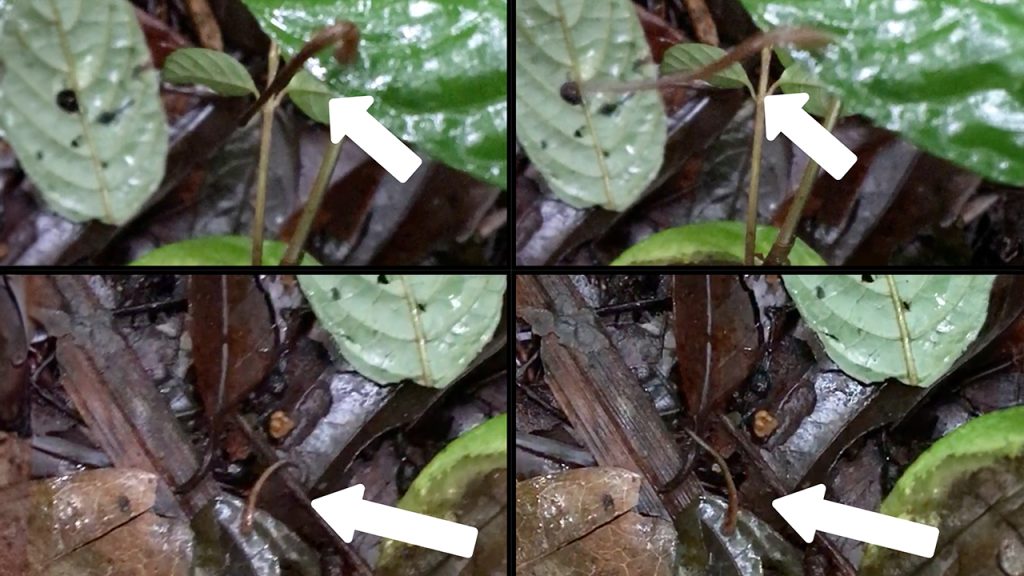It turns out that leeches—or at least one species—can leap their way to their next meal.
For years, many have said the blood-sucking critters can jump, but now, thanks to a Fordham researcher, there’s video providing proof—as well as greater insight into the potential skills of leeches, which are seen worldwide but sparingly studied.
“We know very little about them,” said conservation biologist Mai Fahmy, Ph.D., GSAS ’22, lead author of a June study in the journal Biotropica about a leech of the Chtonobdella genus, found in Madagascar. “We know that they’re found almost everywhere on Earth except Antarctica”—on land and in both saltwater and freshwater, she said, referring to all leech species. “And they’re highlighted in pop culture all the time because of their feeding habits.”
Indeed, those habits might be why scientists have kept their distance, her coauthor said.
“Not a lot of people want to study a worm that sucks blood,” said Michael Tessler, Ph.D., GSAS ’13, a biology professor at Medgar Evers College of the City University of New York.
But the lowly leech is worthy of study, they said. For one thing, the contents of its guts can offer a window into a region’s biodiversity and inform conservation efforts, said Fahmy, a visiting scientist with the American Museum of Natural History and a Fordham postdoctoral researcher working in the lab of biology professor Evon Hekkala, Ph.D.
Captured on Cell Phone
Fahmy was new to the study of leeches when, during a research visit to Madagascar in 2017, she used her cell phone’s video camera to capture one of them leaping from a leaf and landing on the ground. She thought such jumping was documented. But she soon learned otherwise, and during a follow-up trip to Madagascar last year, she got another video of a leaping leech and confirmed the species. The video offers support for prior testimonies of leeches jumping, Fahmy said.
Leeches are already known to latch on when a host animal brushes against them. (Despite their sucking blood, they’re mostly harmless to humans, Tessler said.)
But the leech in question—cylinder-shaped, measuring only a few centimeters, with suckers on its front and back—can do something more. It jumps by rearing back, almost like a cobra, and compressing itself to create tension before releasing it.
These leeches move along surfaces like an inchworm does, but “they’re surprisingly fast,” Tessler said. Still, he said, “they are not something you would necessarily expect to be able to just turn into a little spring and ‘boing’ off of a leaf.”
Measuring Biodiversity
With all the DNA they ingest while feeding on host animals, leeches help scientists get a fuller picture of which animals can be found in a given area, Fahmy said. For instance, leeches might seek out animals that are too small to trigger automated camera sensors or too well camouflaged to be spotted by scientists. Also, she said, they’re “generalist” feeders who aren’t picky when choosing a host.
She’ll be studying leeches for a while yet. Her research focus is on gathering DNA found in nature to study how the diversity of species is affected by deforestation and human conflict, as well as cultural values’ role in conservation efforts. Knowing more about leeches’ ability to jump and reach hosts can help when designing biodiversity surveys, she said.
“Leeches are among the few tools that are able to capture biodiversity across many different taxonomic classes, which makes them really efficient, especially if they’re out there finding you,” she said.



